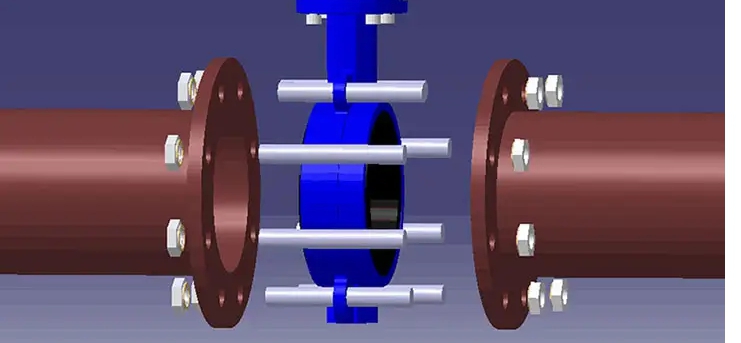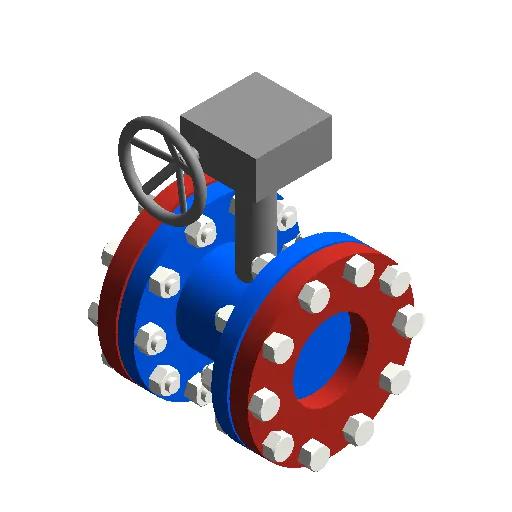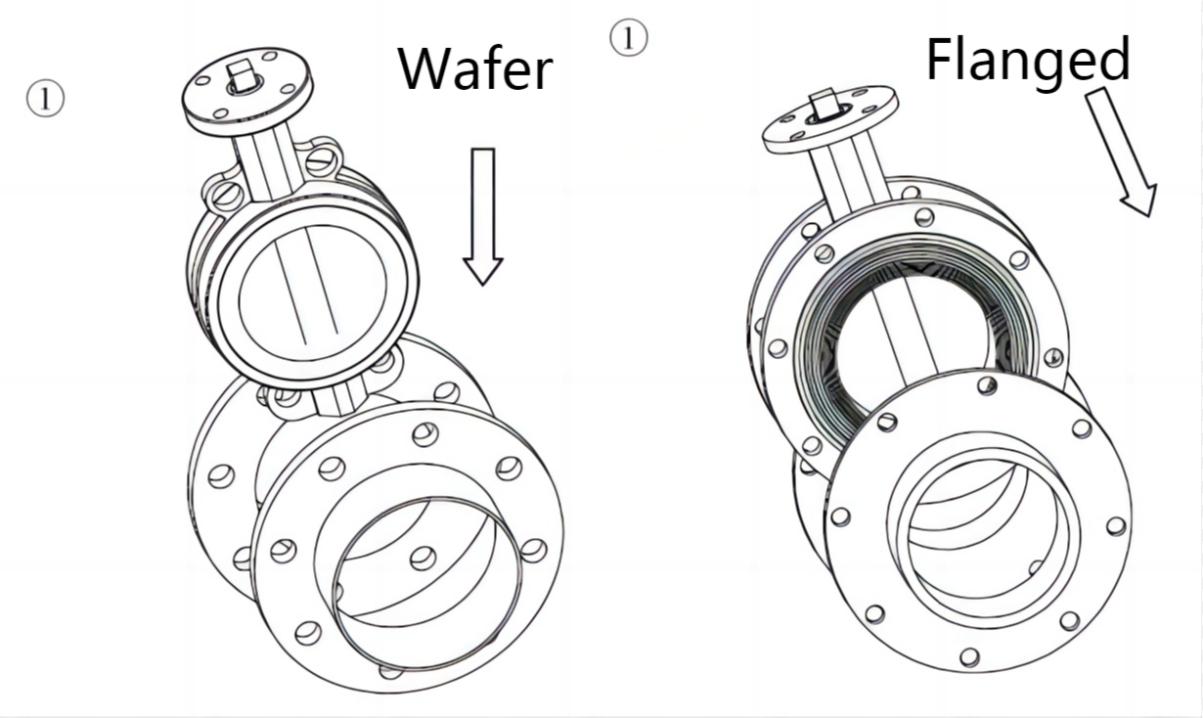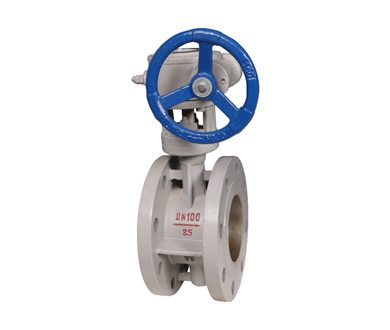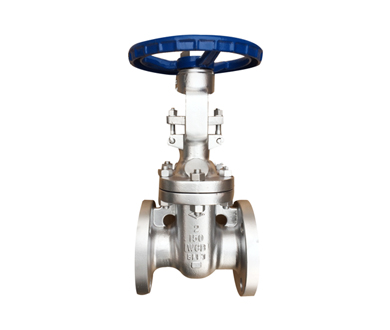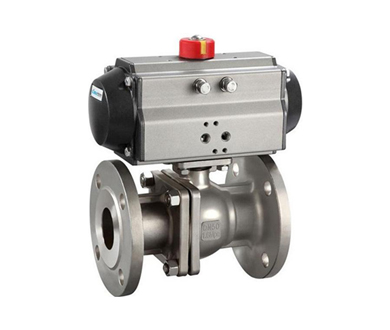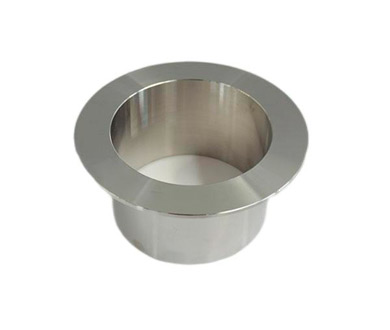Brass Gate Valves
Cast Iron Gate Valves
Cast Steel Gate Valves
Forged Steel Gate Valves
Stainless Steel Gate Valves
Rising Stem Gate Valves
Non-rising Stem Gate Valves
Double Disk Parallel Gas Gate Valves
Knife Gate Valves
Bellows Sealed Gate Valves
Cast Iron Globe Valves
Cast Steel Globe Valves
Forged Steel Globe Valves
Stainless Steel Globe Valves
Brass Globe Valves
Wafer Type Butterfly Valves
Flange Type Butterfly Valves
Eccentric Butterfly Valves
Lug Type Butterfly Valves
Cast Steel Check Valves
Cast Iron Check Valves
Stainless Steel Check Valves
Brass Check Valves
Lift Check Valves
Swing Check Valves
Forged Steel Check Valves
Cast Iron Ball Valves
Cast Steel Ball Valves
Stainless Steel Ball Valves
Brass Ball Valves
Fully Welded Ball Valves
Electric Ball Valves
Ceramic Core Ball Valves
Multiport Ball Valves
Rotary Valves
Top Entry Ball Valves
Floating Ball Valves
High Pressure Ball Valves
High Temperature Ball Valves
V-port Ball Valves
Cast Iron Butterfly Balance Valve
Cast Iron Internal Thread Globe Balance Valve
Brass Balance Valve
Number-lock Balance Valve
Closed Spring Loaded Full Bore Type Safety Valve
Closed Spring Loaded Low Lift Type Safety Valve
High Temperature And High Pressure Safety Valve
Pilot Operated Safety Valve
Spring Full Bore Type Safety Valve With Radiator
Spring Full Bore Type With Lever Safety Valve
Spring Loaded Low Lift External Thread Type Safety Valve
Spring Loaded Low Lift Type Safety Valve
Spring Loaded Low Lift Type With Lever Safety Valve
Stainless Steel Spring Loaded Full Bore Type Safety Valve With Handle
Twin Spring Type Safety Valve
LNG Filling Nozzle
Cryogenic Gas Return Nozzle
Cryogenic Gas Refueling Receptacle
Cryogenic Gas Relief Valve
Cryogenic Gas Shut-off Valve
Cryogenic Gas Breakaway Coupling
Cryogenic Gas Pressure Regulator
Cryogenic Gas Check Valve
Flanges


 日本語
日本語  한국어
한국어  français
français  Deutsch
Deutsch  Español
Español  русский
русский  português
português  العربية
العربية  tiếng việt
tiếng việt  ไทย
ไทย 















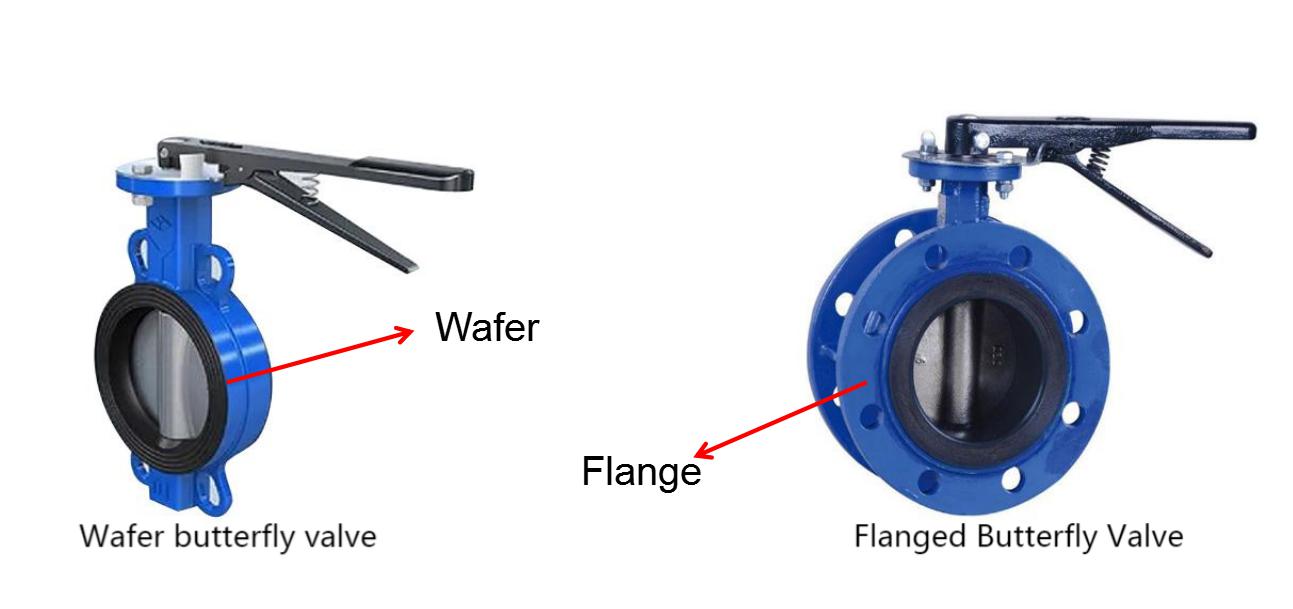 The wafer butterfly valve has no flange on its body, so its body structure length is relatively small, and it mainly depends on the extrusion of the flanges at both ends to achieve the sealing effect. Wafer butterfly valves usually use soft seals (non-metallic seals), which are mainly used in pipes with small diameters or low temperatures. Valves of this type of connection have high accuracy for construction and installation. If the pipe flanges on both sides are misaligned, there is a deviation, then the bolt will be subject to a large shear force when tightening, and the valve may leak; or work under high temperature working conditions, as the temperature rises, the bolt will expand with heat and contract with cold, such factors can also cause leakage in wafer style valves. From the perspective of installation, it is recommended to use less horizontal installation and more vertical installation. Wafer butterfly valves generally cannot be installed at the end of the pipeline and where the downstream needs to be disassembled, because when the downstream flange is removed, the wafer butterfly valve will fall off. In this case, it is necessary to make another pipe joint In order to disassemble, the flanged butterfly valve does not have the above problems, but the cost will be relatively high. Compared with valves of other connection methods, the production cost of clip-on butterfly valves is lower, and the later operation and maintenance are also more convenient. In the case of low production conditions, it is recommended to give priority to purchasing clip-on butterfly valves.
The wafer butterfly valve has no flange on its body, so its body structure length is relatively small, and it mainly depends on the extrusion of the flanges at both ends to achieve the sealing effect. Wafer butterfly valves usually use soft seals (non-metallic seals), which are mainly used in pipes with small diameters or low temperatures. Valves of this type of connection have high accuracy for construction and installation. If the pipe flanges on both sides are misaligned, there is a deviation, then the bolt will be subject to a large shear force when tightening, and the valve may leak; or work under high temperature working conditions, as the temperature rises, the bolt will expand with heat and contract with cold, such factors can also cause leakage in wafer style valves. From the perspective of installation, it is recommended to use less horizontal installation and more vertical installation. Wafer butterfly valves generally cannot be installed at the end of the pipeline and where the downstream needs to be disassembled, because when the downstream flange is removed, the wafer butterfly valve will fall off. In this case, it is necessary to make another pipe joint In order to disassemble, the flanged butterfly valve does not have the above problems, but the cost will be relatively high. Compared with valves of other connection methods, the production cost of clip-on butterfly valves is lower, and the later operation and maintenance are also more convenient. In the case of low production conditions, it is recommended to give priority to purchasing clip-on butterfly valves.